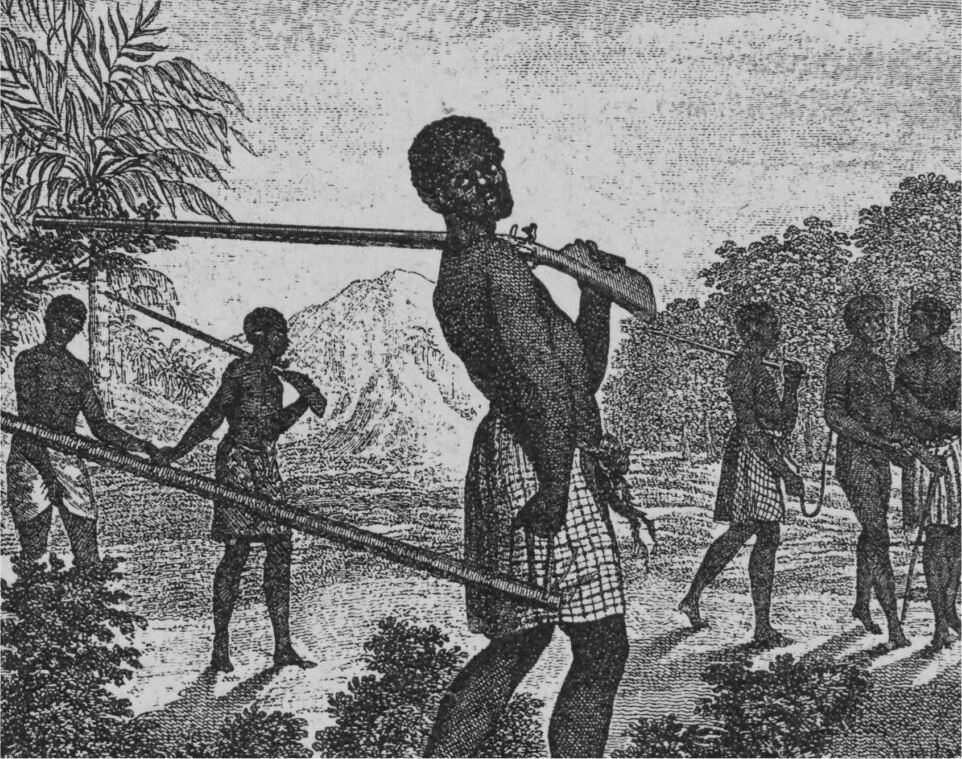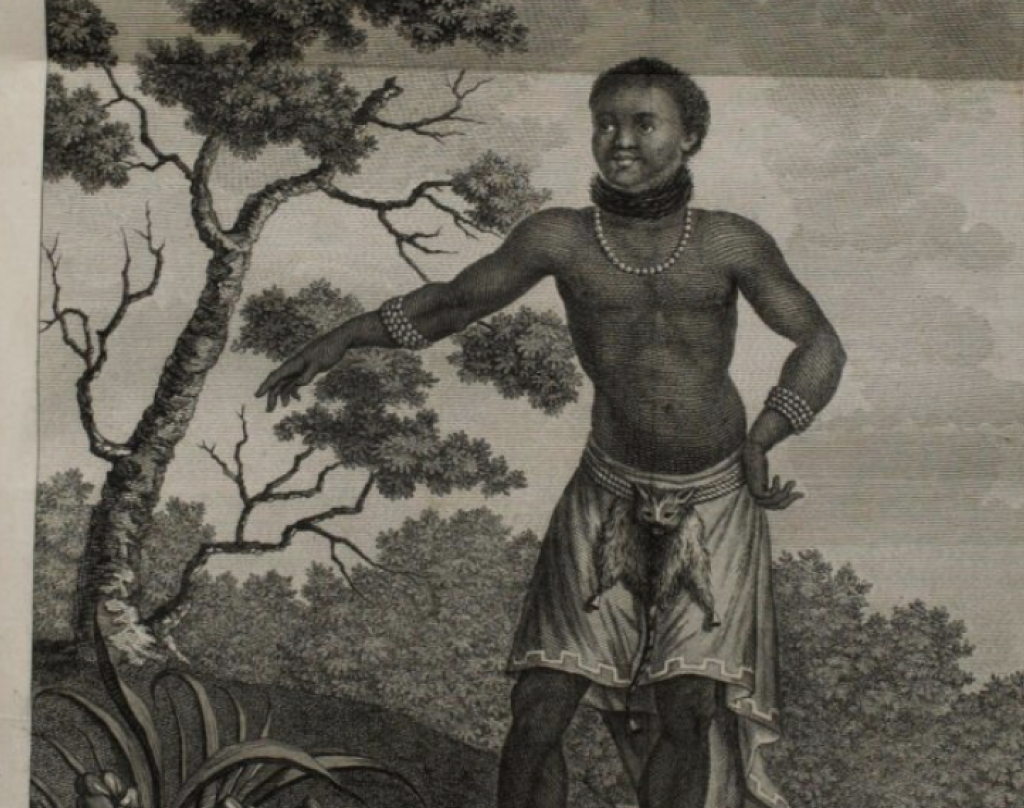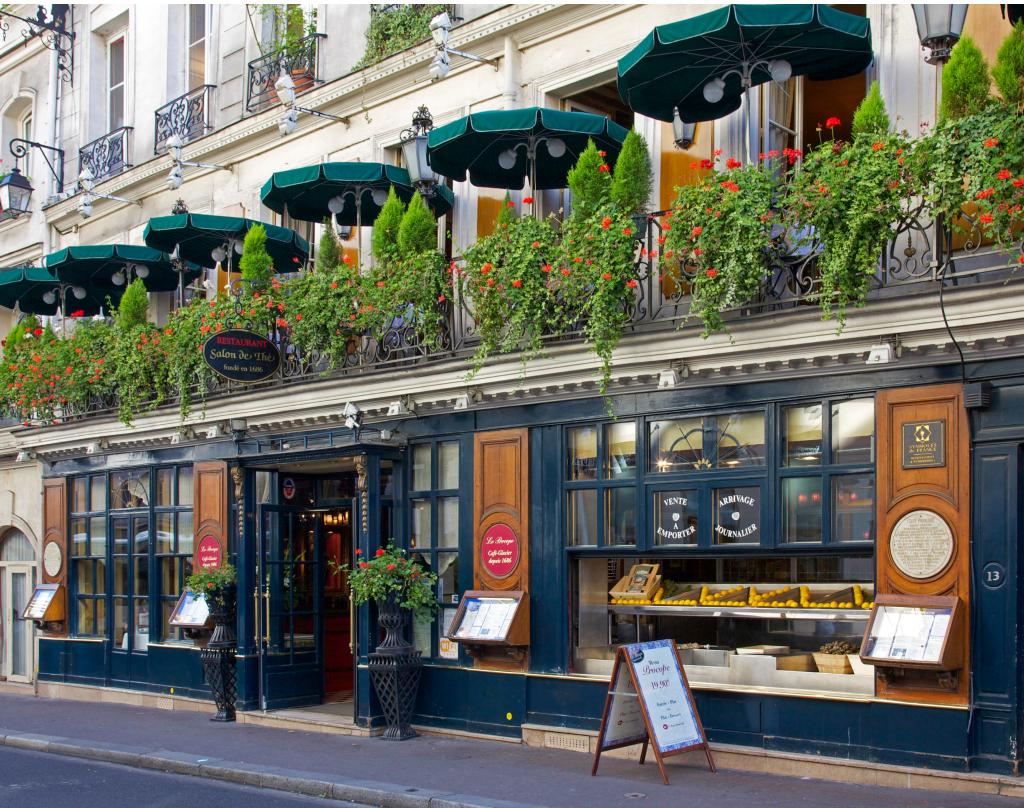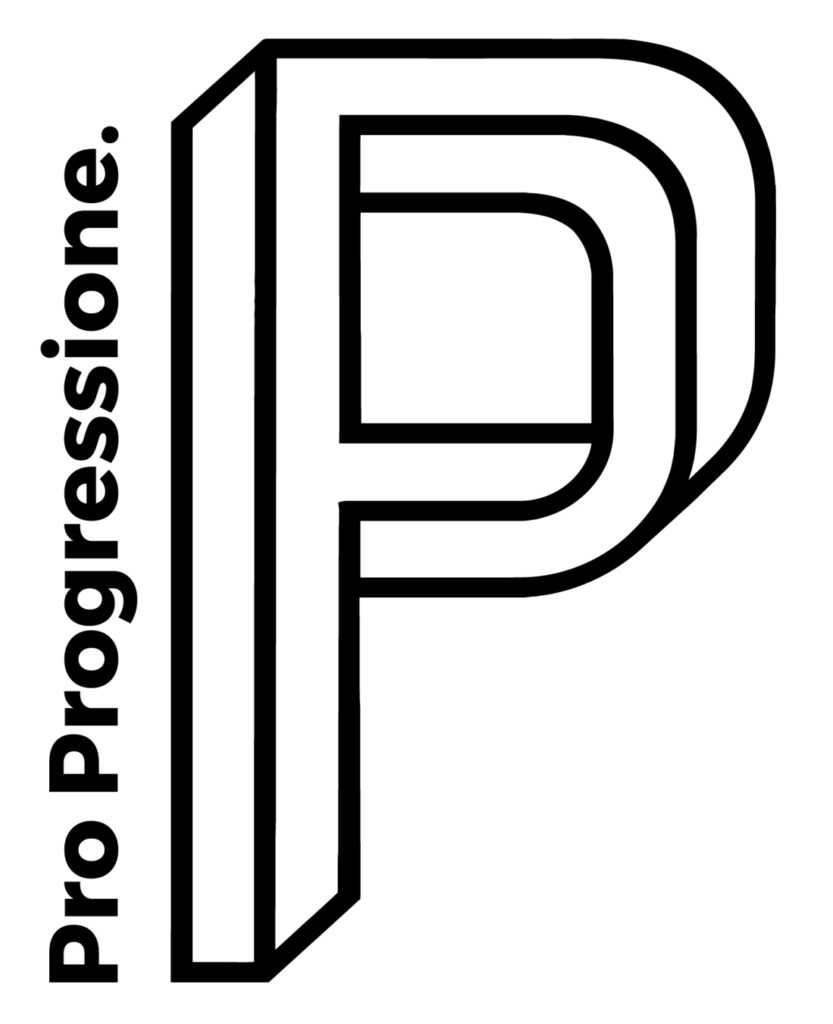The African (coastal) states and the European slave trade, 17th-18th centuries (EN, FR)

The African (coastal) states and the European slave trade, 17th-18th centuries April 3, 2023 Catherine Coquery-Vidrovitch The Atlantic trade of enslaved peoples (legal then clandestine) gained momentum in the late 17th century and reached its peak between 1760 and 1830. In the North Atlantic, it existed in the form of “triangular trade” (European port, African […]
Le corail rouge de Méditerranée : une marchandise européenne de la première mondialisation

Le corail rouge de Méditerranée : une marchandise européenne de la première mondialisation March 6, 2023 Olivier Raveux Au cours de l’époque moderne et jusqu’au 19e siècle, le corail rouge de Méditerranée est un support d’échanges variés pour les Européens à travers le monde. Brute ou travaillée, cette marchandise participe à l’intensification des relations commerciales eurasiatiques et […]
Mediterranean red coral: A European merchandise from the first wave of globalisation (EN, FR)

Mediterranean red coral: A European merchandise from the first wave of globalization March 6, 2023 Olivier Raveux From the early modern period to the nineteenth century, Mediterranean red coral was a medium for various kinds of exchange for Europeans throughout the world. Whether it was raw or worked, this merchandise helped intensify Euro-Asiatic commercial relations, and […]
MANIFEST selected artists revealed

MANIFEST announces artists and art collectives who create 12 artworks during
the MANIFEST residency programme – Artistic Journey artists and art collectives who create 12 artworks during the MANIFEST residency programme – Artistic Journey
Portrait artistique: Casey

Depuis plusieurs années, la scène hip-hop en France comporte plusieurs artistes rap abordant l’histoire de l’esclavage et ses répercussions. Parmi eux et elles, l’artiste Casey, à la plume franche et acerbe. Une démarche appelant de nombreuses références historiques que l’on entend à la fois dans ses paroles, dans la production musicale ou que l’on observe dans la réalisation de ses clips.
Artistic portrait: Casey (EN, FR)

For several years, the hip-hop scene in France has witnessed several rap artists who have addressed the history of slavery and its repercussions. Amongst them, the artist Casey, renowned for her frank and acerbic pen. Her music draws on multiple historical references, expressed through the lyrics, the musical arrangement, and the accompanying video clips.
Un café parisien: le Procope

L’arrivée du café en France, peu avant le milieu du 17e siècle, provoque l’émergence de nouveaux lieux proposant aux clients de consommer cette boisson exotique. L’un des plus anciens et célèbres d’entre eux est le Café Procope situé à Paris dans le quartier de Saint-Germain-des-Prés. Ouvert en 1686, le Procope est fréquenté par de nombreux intellectuels jusqu’à sa fermeture en 1890. Il réouvre quelques années plus tard et est aujourd’hui un café restaurant traditionnel de Paris.
A Parisian café: Le Procope (EN, FR)

The arrival of coffee in France, a little before the mid-17th century, led to the emergence of new venues offering customers the opportunity to consume this exotic drink. One of the oldest and most famous of these is the Café Procope, located in the district of Saint-Germain-des-Prés in Paris. Opened in 1686, Le Procope was frequented by many intellectuals up until its closure in 1890. It reopened a few years later and is today a traditional café-restaurant in Paris.
Presenting the Atlantic Slave Trade and Colonial Slavery at the Nantes History Museum (EN, FR)

Many institutions house collections and commentary relating to the history of slavery and colonial slavery across the continents and countries affected, thereby illustrating a shared awareness of the need to know and take responsibility for this history.
Since the inauguration of the Nantes History Museum in February 2007, fourteen rooms, in whole or in part, have been devoted to this topic. Naturally, since that date, these exhibitions and/or displays have undergone various changes linked to the evolution of national and international academic research, as well as to the Museum’s own acquisitions policy. The motivations for such changes run deep, based on a veritable paradigm shift.
Exposition sur la traite atlantique et l’esclavage colonial au musée d’histoire de Nantes

La mémoire de l’esclavage en France a été longtemps axée sur une perspective hexagonale qui met en valeur les processus politiques impulsés depuis la métropole sans vraiment s’intéresser au vécu et à l’histoire propres des personnes mises en esclavage dans les anciennes colonies. À cet égard, la Marche du 23 mai 1998 incarne une nouvelle dynamique mémorielle directement issue des outremers français et de la diaspora des descendants d’esclaves. Depuis cette marche, le Comité Marche du 23 mai 1998 (CM98), créé fin 1999, œuvre pour renforcer l’intérêt autour de cette mémoire et lui faire gagner une véritable reconnaissance officielle.







